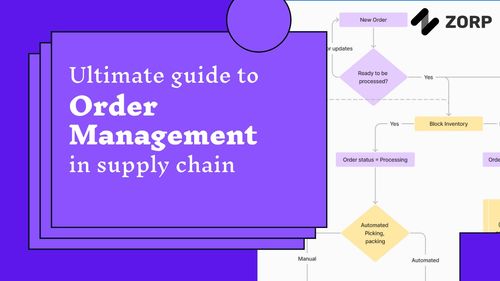In the era of technology advancement and environmental consciousness, the move towards electric vehicles (EVs) has become a global trend. As part of this transition, battery charging stations, sometimes called EV charging stations, play a critical role. But what does it entail to install one of these stations?
With the increasing number of electric vehicles on the road, the demand for battery charging stations is skyrocketing. These stations provide the essential power source for EVs, much like gasoline stations for traditional cars. According to the International Energy Agency, there were over 7.3 million public charging stations for electric cars worldwide at the end of 2020, signifying the growing demand in this sector[^1^].
Before delving into the installation process, it's important to comprehend what battery charging stations are. These units, also known as Electric Vehicle Supply Equipment (EVSE), provide electric energy for recharging electric vehicles. They come in different types, each serving different needs and environments.
There are primarily three types of charging stations: Level 1, Level 2, and DC Fast Charging (DCFC). Level 1 chargers use a 120 V AC plug and offer 2 to 5 miles of range per hour of charging. Level 2 chargers use a 240 V (for residential) or 208 V (for commercial) plug and can deliver 10 to 60 miles of range per hour. DCFC, on the other hand, are high-power chargers that can offer 60 to 100 miles of range in just 20 minutes of charging.
Installing a battery charging station involves several critical steps and considerations.
Before beginning the installation process, it's important to assess the site, considering factors such as available power, desired location, and potential obstacles. This step often involves professionals who can ensure safety and efficiency.
Apart from providing a vital service for electric vehicles, installing battery charging stations offers significant benefits for businesses, homeowners, and the environment.
Electric vehicles are a more sustainable option compared to traditional cars, reducing greenhouse gas emissions significantly. The U.S. Department of Energy states that EVs emit about 60% less carbon dioxide than diesel cars over their lifecycle1.
For businesses, installing charging stations can attract EV owners and potentially increase foot traffic. For homeowners, the convenience of charging at home can save considerable time and travel costs.
Despite the many advantages, the installation of battery charging stations isn't without challenges.
In many areas, especially rural or underdeveloped regions, the existing infrastructure may not support the installation of battery charging stations. Upgrading this infrastructure can be costly and time-consuming.
The installation process can be expensive, particularly for high-powered charging stations. Additionally, it can take considerable time, especially if infrastructure upgrades are needed.
Technological advances are paving the way for streamlined and efficient installation processes. This includes project management platforms that help coordinate and monitor the entire installation process.
ZORP, a technology platform, assists businesses in creating applications to manage and gather insights about the work done by field teams, including those installing battery charging stations. By providing real-time updates and data, ZORP allows for efficient project management, resource allocation, and problem-solving, making the installation process smoother and more cost-effective.
Battery charging station installation is a crucial aspect of the electric vehicle revolution. Despite the challenges, the benefits for the environment, consumers, and businesses make it a worthwhile endeavor. Furthermore, technological solutions like ZORP are helping to overcome these challenges by simplifying the installation process and offering valuable insights for better decision-making.
If you're looking to install a battery charging station, considering ZORP's services can be a strategic move towards a successful and efficient installation project.
Embark on the journey of building a battery-swapping app! 🔋📱 Explore the step-by-step guide and unleash the potential of this innovative solution in our latest blog: Build a Battery Swapping App.

Transition to electric with ease. Explore the benefits of installing a battery charging station and join the green revolution. Navigate the installation process with ZORP's project management solutions.


